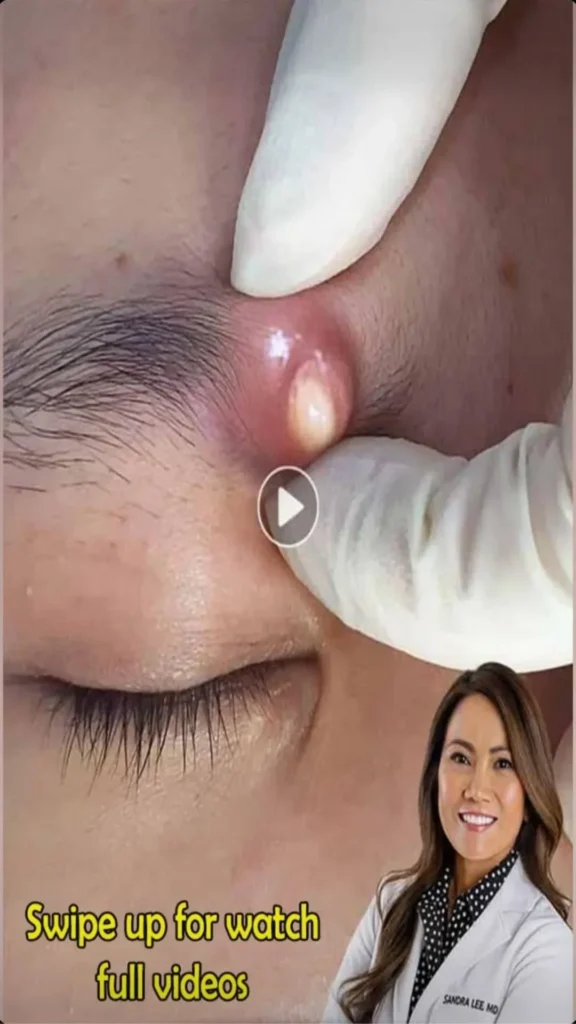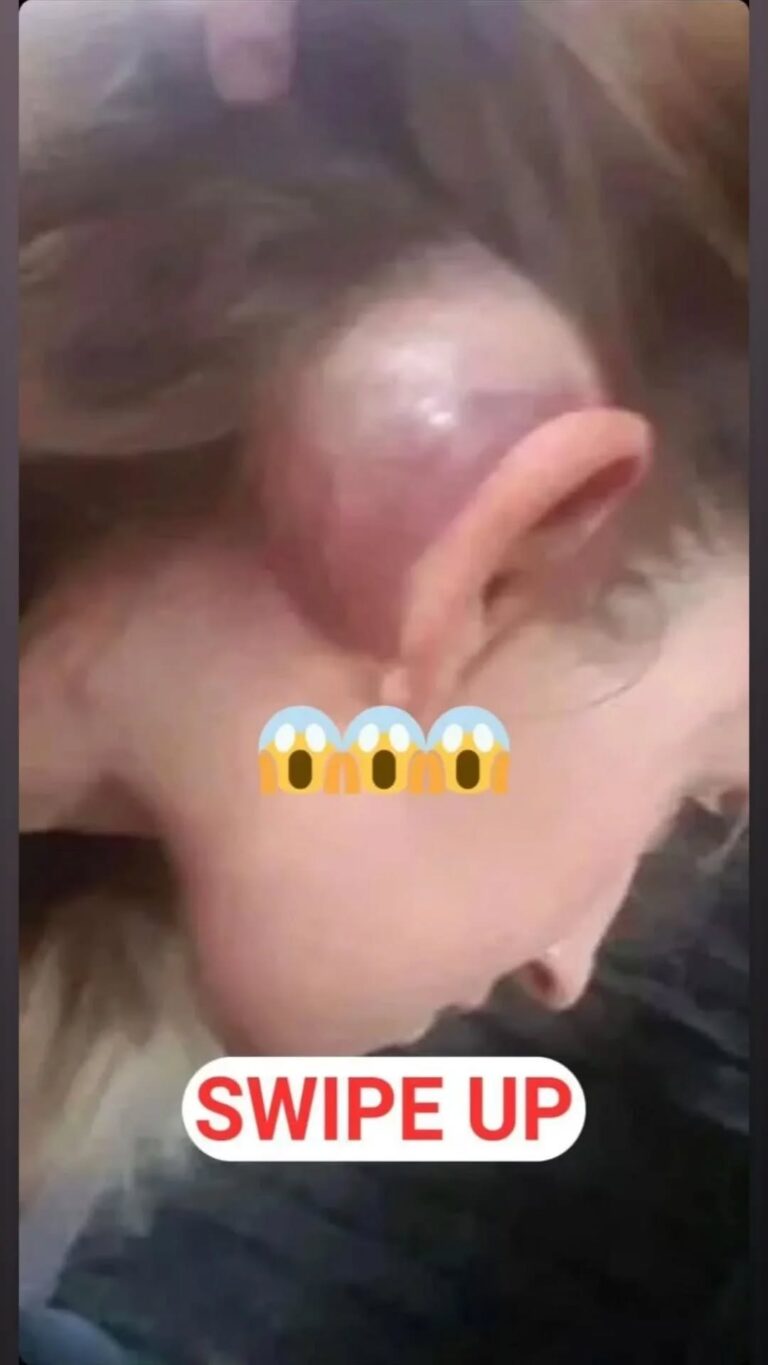An enormous blackhead in the ear

Why do pimples form
Pimples form when your skin’s pores become clogged with a combination of excess oil (sebum), dead skin cells, and sometimes bacteria. Here’s a breakdown of how it happens:
- Overproduction of sebum: Your sebaceous glands (attached to hair follicles) produce oil to keep your skin hydrated. Hormonal changes, like those during puberty or menstruation, can cause them to produce too much.
- Clogged pores: When excess oil mixes with dead skin cells, it can block the pore (hair follicle opening).
- Bacterial growth: A common skin bacterium called Cutibacterium acnes (formerly Propionibacterium acnes) can multiply in the clogged pore, leading to inflammation.
- Inflammation and pus: Your immune system reacts to the bacteria, causing redness, swelling, and pus — which is essentially what you see as a pimple.
There are different types of pimples, like whiteheads, blackheads, papules, pustules, nodules, and cysts — depending on the severity and depth of the blockage and inflammation
Prevention Tips
- Cleanse gently, twice a day
Use a mild, non-comedogenic cleanser (won’t clog pores). Over-washing or scrubbing can irritate your skin and make acne worse. - Use non-comedogenic products
This includes moisturizers, sunscreens, and makeup. Look for labels that say “oil-free” or “non-comedogenic.” - Keep hands and hair off your face
Your hands carry bacteria and oils, and hair products can trigger breakouts. - Change pillowcases and towels regularly
Oils and bacteria can build up on fabric, irritating your skin overnight. - Avoid popping pimples
This can push bacteria deeper and lead to scarring. - Eat a balanced diet
High-glycemic foods (like sugary snacks) and dairy may trigger acne in some people. Consider cutting back if you notice a pattern.
Over-the-counter (OTC)
- Benzoyl Peroxide (2.5–10%): Kills bacteria and reduces inflammation.
- Salicylic Acid (0.5–2%): Helps unclog pores by exfoliating dead skin cells.
- Adapalene (e.g., Differin): A topical retinoid that prevents clogged pores and reduces inflammation.
- Topical antibiotics (like clindamycin)
- Oral antibiotics (for moderate to severe acne)
- Hormonal treatments (like birth control pills or spironolactone for women)
- Oral isotretinoin (Accutane – for severe or cystic acne)
- Stay consistent with your routine — it can take 6–8 weeks to see improvement.
- Moisturize, even if you have oily skin. Dry skin can trigger more oil production.
- Wear sunscreen daily to protect your skin and prevent post-acne marks.
✅ Safe Methods:
- Warm Compress – Softens the blackhead for easier release.
- Salicylic Acid or Benzoyl Peroxide – Helps clear and prevent clogged pores.
- Comedone Extractor Tool – Should only be used carefully or by a dermatologist.
- Professional Extraction – A dermatologist or esthetician can safely remove it, especially if it’s deep or painful.
❌ Avoid:
- Using tweezers or sharp objects
- Squeezing aggressively (can cause infection or rupture nearby tissue)
- Inserting anything deep into the ear canal
If the blackhead is especially large, recurrent, or painful, or if there’s swelling, redness, or drainage, it’s best to consult a dermatologist. Sometimes, what appears to be a blackhead might be a sebaceous cyst, ear polyp, or even an in-grown hair that needs different treatment.
